If you take photos for a living – or simply love the craft – you are probably like me in that you’ve spent more of your hard earned dough on cameras and photographic gadgetry than the average Joe. But would you be willing to pay 2 million dollars for a camera? That’s a whole new level of love for the magic light-box.
I’m referring to David Douglas Duncan‘s Leica M3, a camera that captured some of the most well known war images along with incredible portraits of his good friend Pablo Picasso. It was just sold for $2.19 million – making it the most expensive commercially manufactured camera ever to be sold.
Although this camera is special because of who wielded it and the incredible images that passed through its innards, it is also unique in that it is one of four Leica M3Ds ever created – the D stands for Duncan. Leica created this battle hardened camera specifically for him, so that he could get in the midst of the action without compromising the integrity of this remarkable tool.
Scroll down for some of Duncan’s famous images and ask yourself the question: if you had all the money in the world, would YOU pay 2 million for a camera with such a deep and rich history?


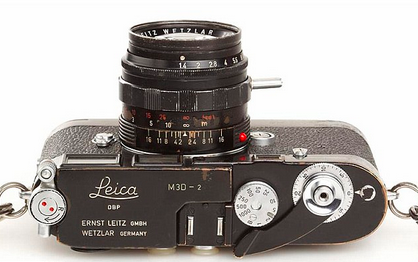
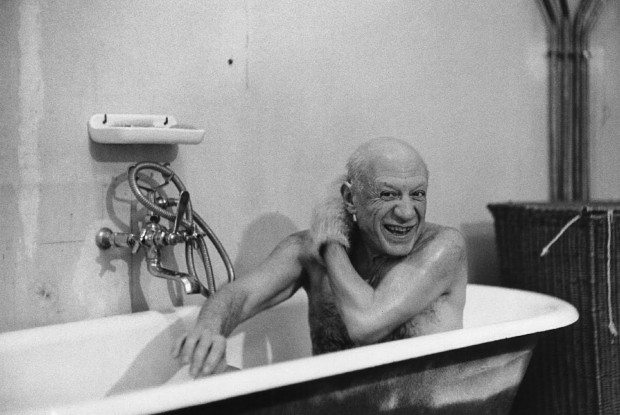
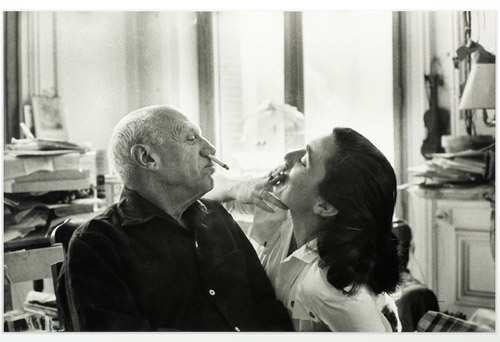

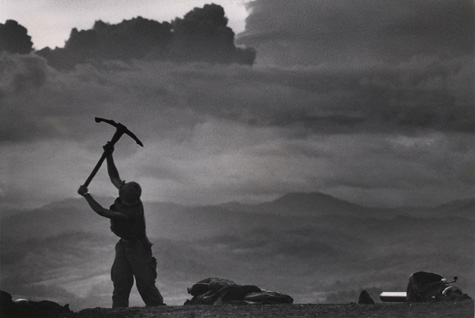
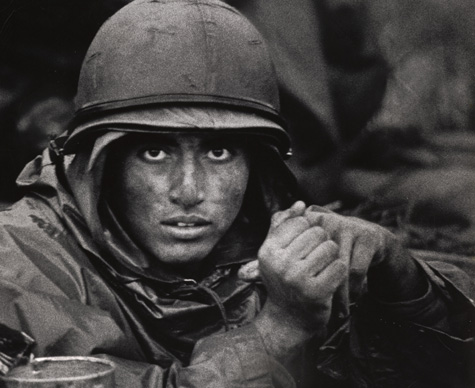
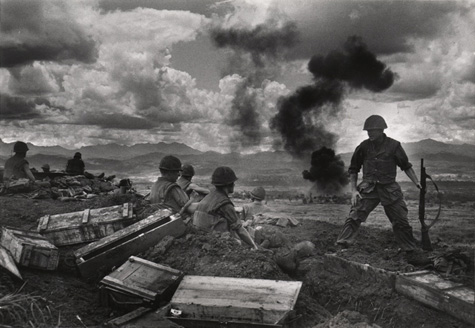
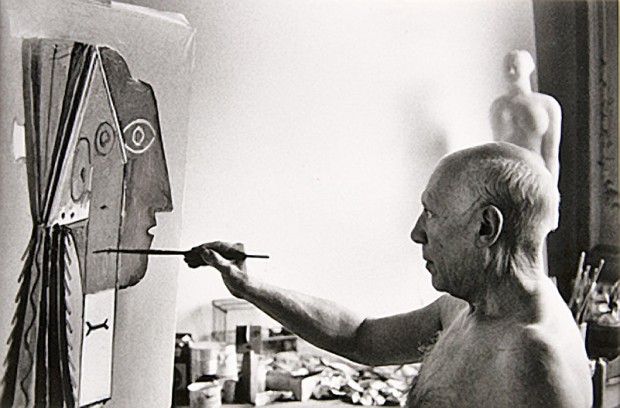






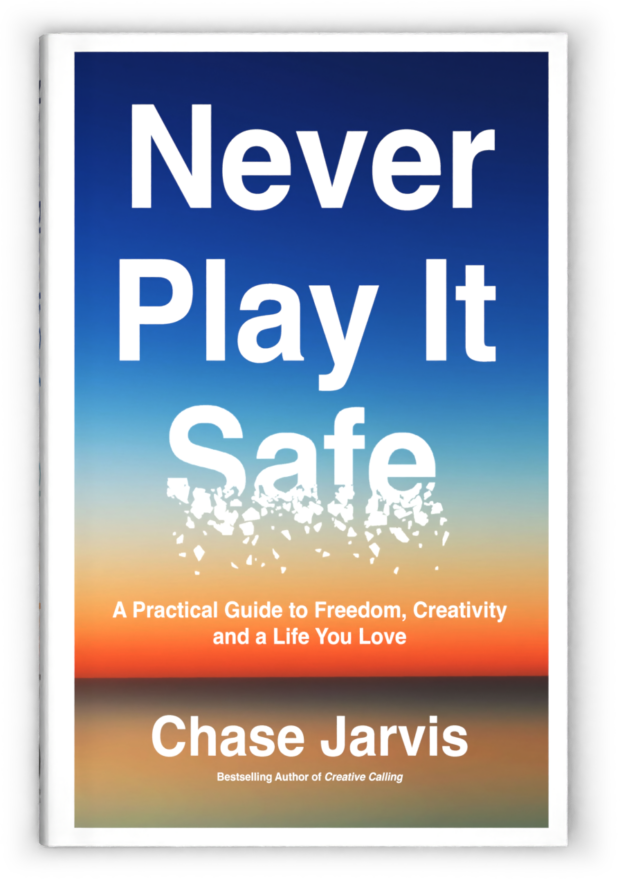







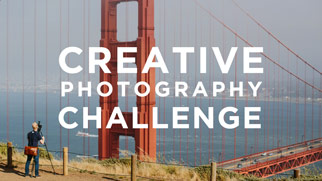
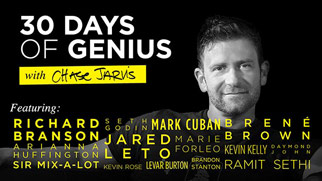
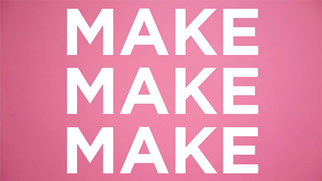
The images are the legacy, not the camera.
If I had all the money in the world I hope I would use it to make more of a difference in the world than buying this camera ever would.
should the photographs/film be more expensive? the camera doesn’t have a trace to those stunning pictures expect to the owner of the camera.
DDD very unlike W. Eugene Smith, Alfred Eisenstadt and other peers of that era were not shameless self promoters!
Duncan was. He is also frequently credited with conning Joe Ehrenreich into becoming the original Post WWII American importer of Chase’s (not so much any longer Japanese made) brand Nikon.
I’m, of course, referring to the rangefinder Nippon Kogaku knockoffs of Zeiss. Just as Canon copied Leica.
It’s all a distant and dusty past.
Oh yes I would!!!
I believe that the camera is simply the creative tool that allows artists to express themselves. Im amazing how much photographers are so fixated on the equipment rather than the craft. After all, you never ask a writer what kind of pen, pencil or typewriter they used. You don’t ask a painter what kind of brush they used to apply color to a canvas nor do you ask a ccok what kind of oven, spatula or knife they use to make an incredible meal. So why do photographers pay more attention to the equipment and over look the craft, artistry and craftsmanship a photographer puts behind the thought before pushing the shutter release?
This happens in a lot of fields that use require technology as a creative tool. I’m primarily in the audio profession, and people will argue for days on the internet about what analog to digital converters where used… the real masters, however, couldn’t care less beyond a certain threshold of quality gear.
Same here, I totally agree!
I appreciate what you are saying and agree that it is a shame that often the technology overtakes the thought processes in discussions. But whatever the merits I think it happens in all fields, being exposed to the catering industry I can tell you that many chefs can have quite animated discussions over which over is best for what meal.
Amen!
Jeff, that is a easy question that is easily answered. Those that fixate on the equipment rather than the intent or vision of the artist simply lack the knowledge or artistic intent needed to understand and critique another artists work. Their belief is simply, what tools did you use in the hopes I too can capture such great images. If you want to learn to create images that are uniquely your own, delve deep and explore what makes you tick – then you will come close to finding your voice to express yourself no matter what artistic intent you choose.
Warmly,
Brian Krecik
“You don’t ask a painter what kind of brush they used to apply color to a canvas nor do you ask a ccok what kind of oven, spatula or knife they use to make an incredible meal.”
Oh, yes they do! I am a amateur painter and you have no idea the discussions around me in class about brushes and especially the quality of paint (oil, watercolor, etc).
Same with cooking. Le Creuset pots or Lodge? Steel or rubberized spatulas.
Same even with programming. C++ or C#. Java or Python. ViM or eMacs.
The most important part of the camera is the 6 inches behind it.
As a pro photographer, I believe that a good photographer can make great images with a ‘Brownie’ camera. No, I would not spend 2 million for this Leica. Better to donate the money to a charity.